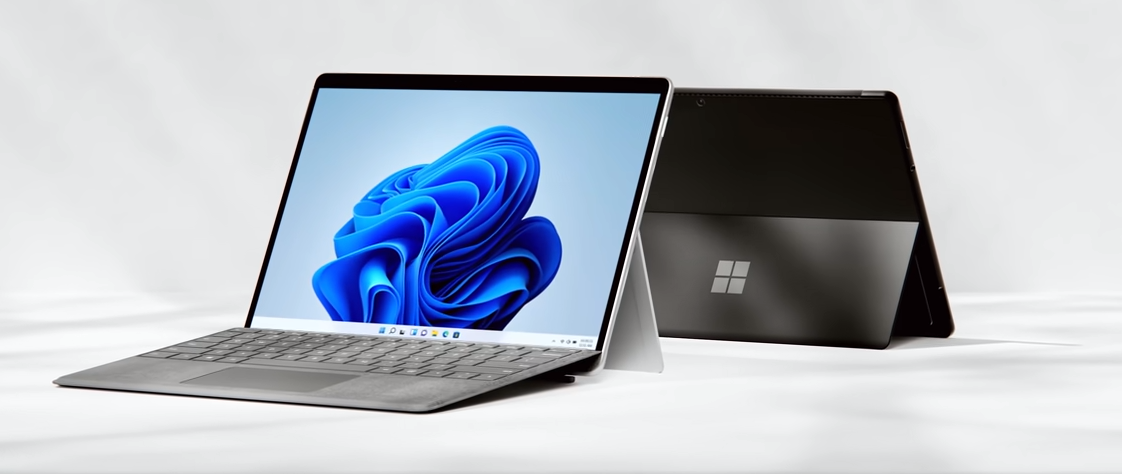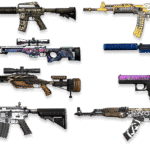Microsoft Surface Pro 8 review
Microsoft has been making Windows tablets for almost ten years, but it has sometimes been challenging. The first-generation Surface device came out in 2012 and was called “Surface.” It ran a stripped-down version of Windows called Windows RT, and most people didn’t like it. But it didn’t take long for the Surface Pro line to make Microsoft the go-to maker of Windows 2-in-1s. Even though Dell, Lenovo, and Huawei have become stronger competitors, this is still the case.
But after six years of small changes, Microsoft finally made significant changes to the Surface Pro 8. There are smaller borders around the screen, a more prominent 120Hz display, a longer-lasting battery, and an improved rear camera. That’s before you do the usual upgrade to the processor.
Microsoft Surface Pro 8
| Display | 13in 2880×1920 LCD |
| Processor | Intel Core i5-1135G7/i7-1185G7 |
| Graphics | Intel Iris Xe |
| RAM | 8/16/32GB |
| OS | Windows 11 |
| Camera | 5Mp front-facing camera with Windows Hello |
| Battery Life | Up to 16h |
Pros
- Excellent 120Hz display
- Premium design
- What a great job!
- Durable battery life
Cons
- Expensive and limited
- The pure tablet experience needs more work.
Design & Build: Microsoft Surface Pro 8
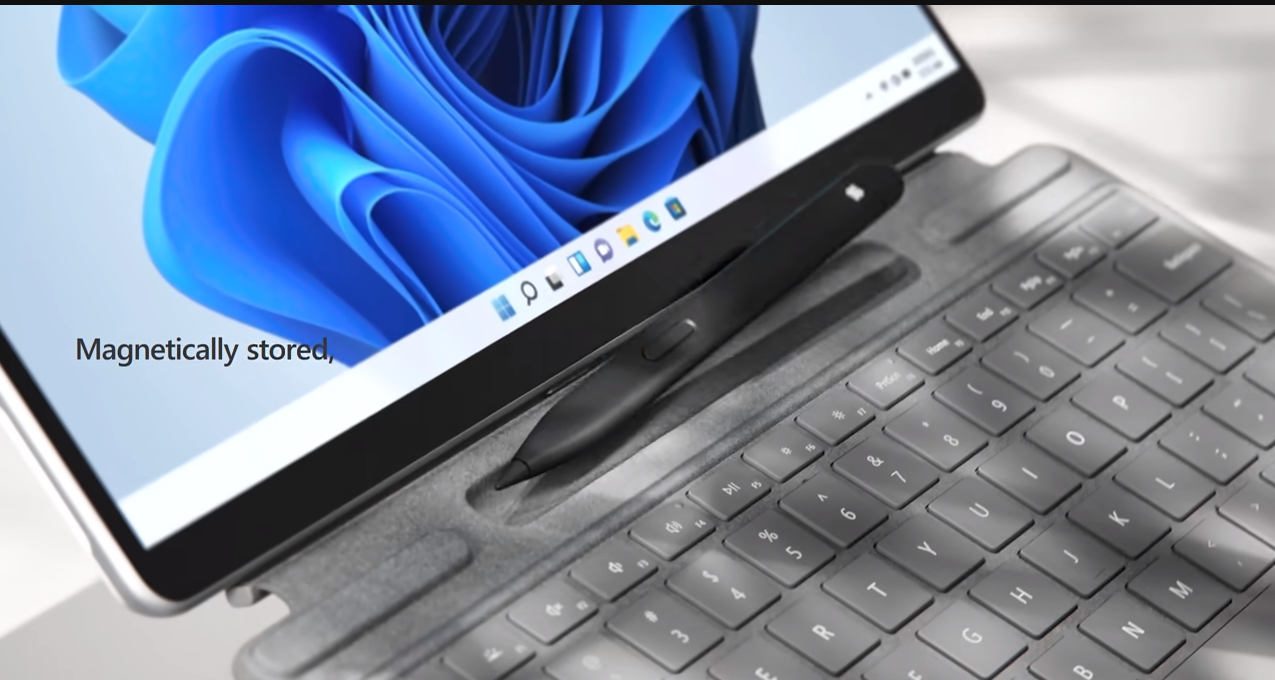
- Larger screen in almost the same body
- Impressive video-calling features
- No USB-A ports
The Surface Pro 8 is designed in a way that is both instantly familiar and a real improvement. Even though you can only choose between Platinum (silver) or Graphite for its magnesium alloy build, it looks and feels as high-end as ever (black). A matte finish makes it easy to hold on to and doesn’t show fingerprints.
It also means that the Pro 8 is comfortable to use without a case, though, at 891g, you’ll want to prop it up if you want to use it for a long time. It’s a significant improvement over the 8Mp sensor on the last few Surface Pros, but you shouldn’t use it for photography all the time. Aside from the fact that the Pro 8 is hard to use, the photos it takes are still hit or miss. Even when the lighting is good, it’s often hard to get the correct exposure, and the dynamic range often needs to be improved. It can scan documents and look up information, but not much else.
Accessories: Microsoft Surface Pro 8

- Excellent, laptop-like keyboard Slim Pen 2 is excellent
- Both of them are expensive add-ons.
Microsoft still sells all Surface Pro 8 accessories separately, which is disappointing since most people need to buy a keyboard. But the company is at least selling its new Slim Pen 2 with its latest Signature Keyboard. There is even a built-in place to store and charge the stylus above the keyboard.
I like this better than a pen that sticks magnetically to the top of the device since it stays out of the way when you want to type. Because of the Surface Pro 8’s size, you can now fit a full-size keyboard. The Signature Keyboard makes typing easy, just like the Surface Laptop 4. Both have a soft-touch Alcantara fabric on the outside, and backlit keys are a significant advantage over some competitors.
Screen & Speakers: Microsoft Surface Pro 8
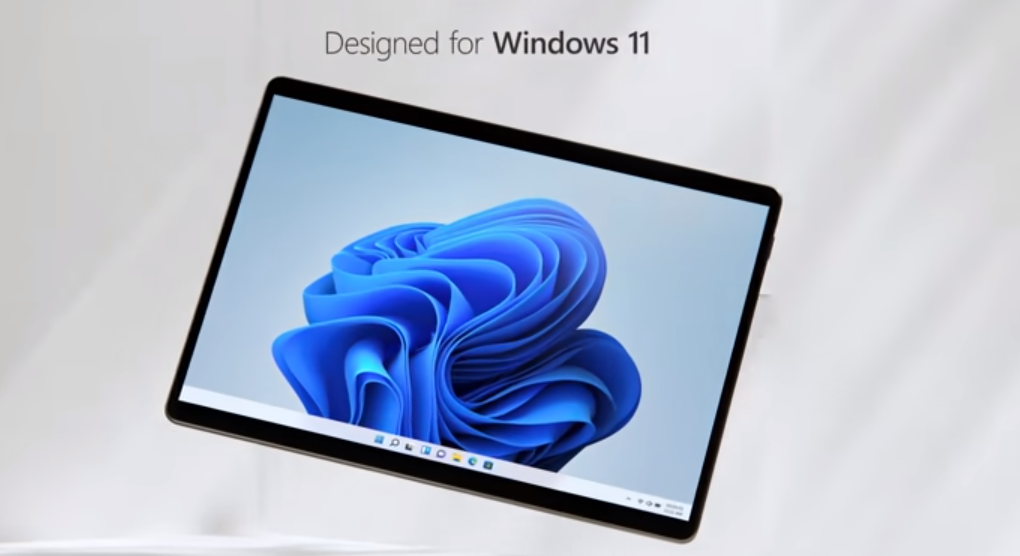
- 13-inch LCD screen with 120Hz refresh rate, but not yet adaptable
- Wonderful speakers
The Surface Pro 7’s screen was alright, but Microsoft has prioritized improving it. As I said earlier, the screen size has gone from 12.3 to 13in, but the 3:2 aspect ratio has stayed the same. That means there is a new resolution of 28801920, but this “PixelSense Flow” screen is still LCD and not OLED. Microsoft said that when Windows 11 came out in 2021, it would have a feature called “Dynamic Refresh Rate” (DRR) that would let the Surface Pro 8 and a few other devices change their refresh rate automatically based on the situation.
Software: Microsoft Surface Pro 8
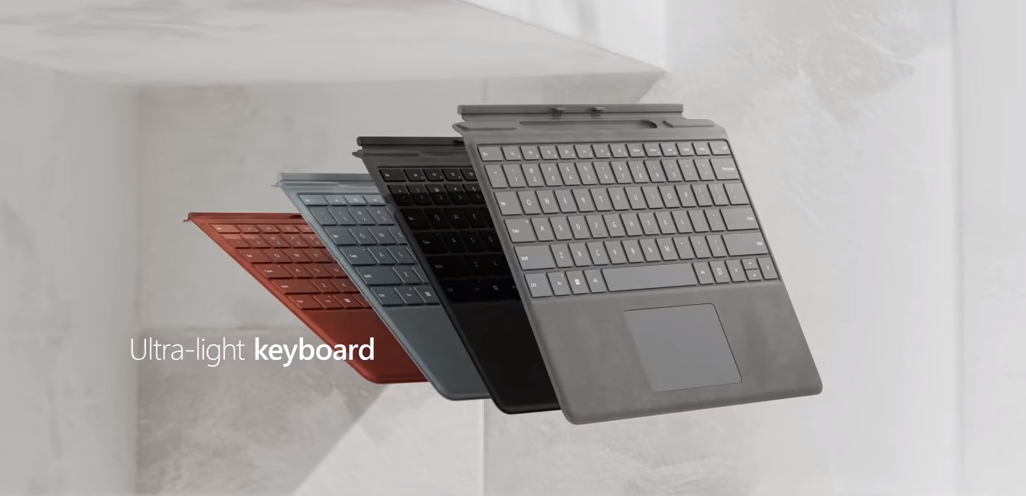
- Windows 11 is on it.
- It still feels like it still needs to be set up for touch input.
The Surface Pro 8 came out around the same time as Windows 11, so it was one of the first devices with Microsoft’s operating system already installed. It is also one of the first to get new updates, but Surface devices don’t get special treatment over those made by other Windows companies. Microsoft has fixed many of Windows 11’s problems since it came out, but it still looks and feels very different from Windows 10. Also, there is no tablet mode, so touch input still feels like an afterthought compared to navigating with the cursor.
FAQs
Battery life and how to charge?
Microsoft doesn’t say how much power the Pro 8’s battery has, but SurfaceTip says it’s a 50.2Wh cell. That is less than the Surface Pro 7+, but a big difference from the Pro 7’s 43.2Wh battery. Microsoft says it will give you “up to 16 hours of typical device use,” but they don’t say what that means. Our 720p video loop test took 12 hours and 39 minutes, so it didn’t make that claim.
What is its price?
You can buy a Surface Pro 8 for as little as $1,099 (£999, €1,649). You’ll get an Intel Core i5-1135G7 processor, 8GB of RAM, and a 128GB SSD for that amount of money.

